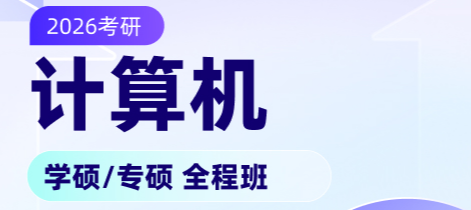1998-2022 ChinaKaoyan.com Network Studio. All Rights Reserved. 滬ICP備12018245號
2017考研趣味閱讀:全球最逼真人形機器人“納丁”亮相
全球最逼真人形機器人“納丁”亮相
Meet Nadine, the world's most human-like robot
The world's most human-like robot has begun work as a university receptionist as scientists predict the new technology will eventually provide childcare and offer friendship to lonely elderly people.
世界上最逼真的人形機器人“納丁”已經開始了她作為大學接待員的工作。科學家預計這種機器人最終將能承擔保姆和護工的工作,為幼兒和孤寡老人提供服務。

With her soft skin and flowing brunette hair, Nadine does not only meet and greet visitors, smile, make eye contact and shake hands, but she can even recognise past guests and spark up conversation based on previous chats.
納丁有著細嫩的皮膚和柔順的深褐色頭發,她不僅會跟參觀者打招呼、微笑、進行眼神交流和握手,甚至還能認出老熟人,并與他們繼續上次未聊完的話題。
Unlike conventional robots, Nadine has her own personality, mood and emotions. She can be happy or sad, depending on the topic.
不同于傳統機器人,納丁有自己的個性、情緒和情感,她可以根據談話內容表現出高興或是悲傷。
Powered by intelligent software similar to Apple's Siri or Microsoft's Cortana, she is the brainchild of scientists at the Nanyang Technological University in Singapore and is based on her creator Prof Nadia Thalmann.
納丁是新加坡南洋理工大學(NTU)科學家們的智慧結晶,其運行機制類似蘋果Siri或微軟小娜,她的外貌完全是按照其創造者納迪婭·塔爾曼教授的樣子為藍本。
Prof Thalmann, the director of the Institute for Media Innovation who led the development of said robots such as Nadine are poised to become more visible in offices and homes in future.
塔爾曼教授是媒體創新研究所主任,她負責領導此次的機器人研究項目。像納丁這樣的機器人未來會在辦公場所和居民家中扮演越來越重要的角色。
“Robotics technologies have advanced significantly over the past few decades and are already being used in manufacturing and logistics,” she said.
塔爾曼表示:“機器人技術在過去幾十年里發展迅速,并已經開始應用于制造業和物流工作中。”
“As countries worldwide face challenges of an aging population, social robots can be one solution to address the shrinking workforce, become personal companions for children and the elderly at home, and even serve as a platform for healthcare services in future.
“當全球都面臨人口老齡化的挑戰時,社交機器人可以成為解決勞動力萎縮的工具之一,可以是家中老人孩子的陪伴者,甚至未來還能充當提供衛生保健服務的平臺。”
"Over the past four years, our team at NTU have been fostering cross-disciplinary research in social robotics technologies -- involving engineering, computer science, linguistics, psychology and other fields -- to transform a virtual human, from within a computer, into a physical being that is able to observe and interact with other humans."
“過去四年,我們團隊致力于社交機器人技術的跨學科研究,涉及的技術包括工程學、計算機科學、語言學、心理學等領域。我們的研究將計算機里的虛擬人物變成了現實里客觀存在的機器人,她能夠察言觀色并與人類交流。”
Vocabulary
brunette:深色的
cross-disciplinary:跨學科的;交叉學科的
來源未注明“中國考研網\考研信息網”的資訊、文章等均為轉載,本網站轉載出于傳遞更多信息之目的,并不意味著贊同其觀點或證實其內容的真實性,如涉及版權問題,請聯系本站管理員予以更改或刪除。如其他媒體、網站或個人從本網站下載使用,必須保留本網站注明的"稿件來源",并自負版權等法律責任。
來源注明“中國考研網”的文章,若需轉載請聯系管理員獲得相應許可。
聯系方式:chinakaoyankefu@163.com
- 2026考研英語全程班 寒假班
- 權威高配師資親授技巧,教研千錘百煉科學提分。直錄播課相結合精講互動二合一,專業團隊精細化作文批改。講練結合,隨學隨練穩步提升。支持試聽~
- 主講團隊:王江濤、譚劍波、董仲蠡、許聰杰、陳志超、潘赟、鄭艷彤、易熙人

掃碼關注
了解考研最新消息












